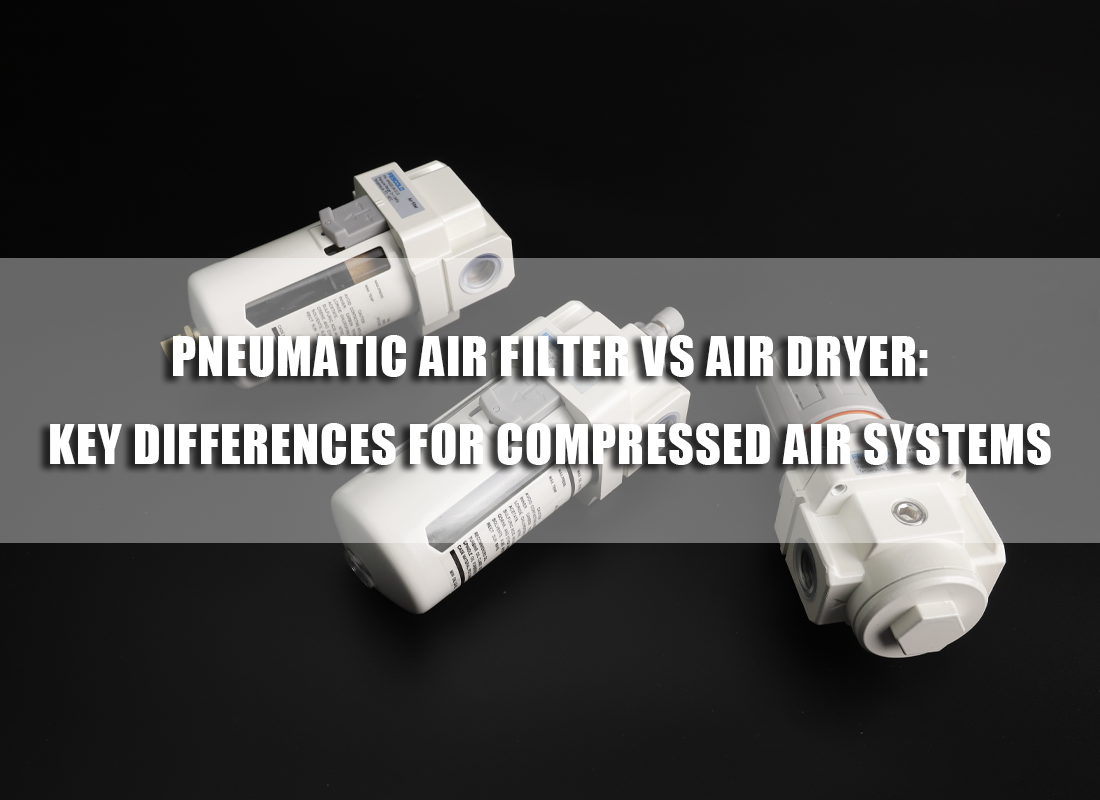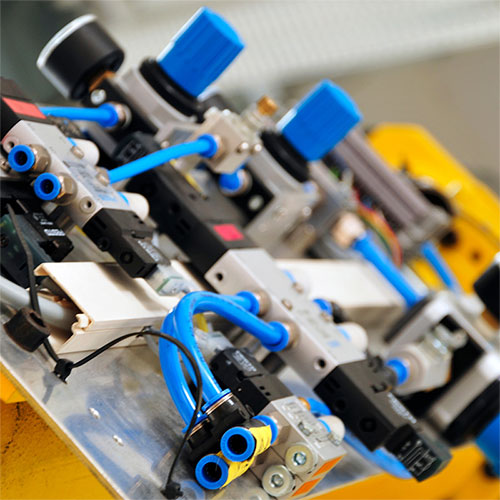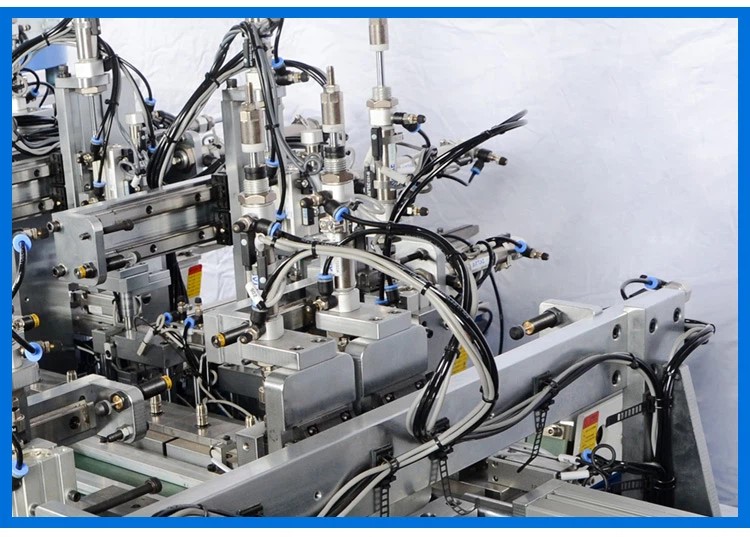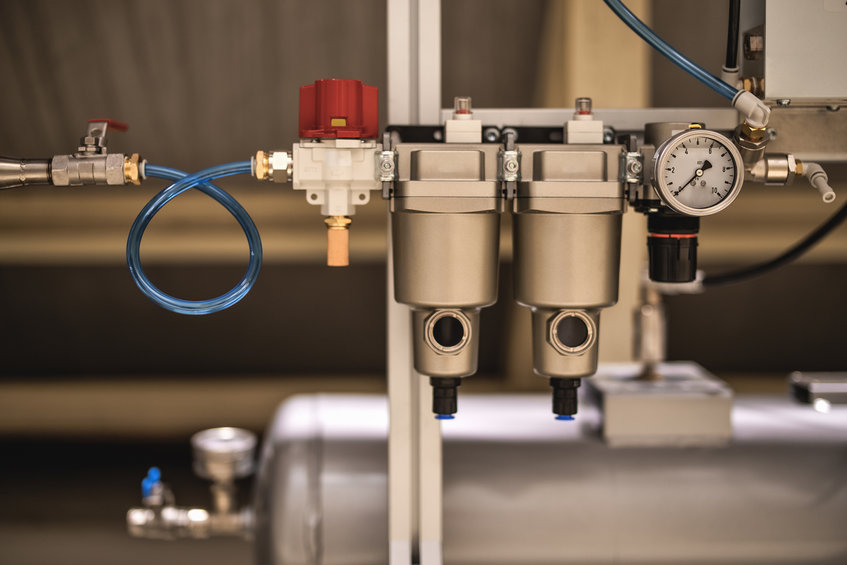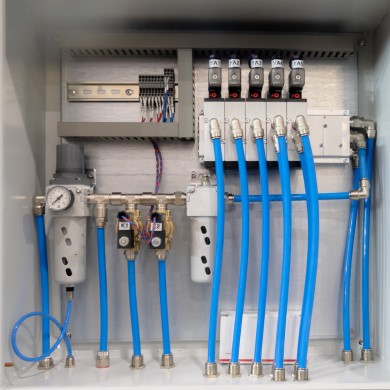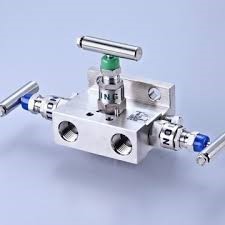A 2-valve manifold is an instrument accessory that integrates an isolation valve and a vent/calibration valve into a single valve body, typically featuring internal threaded inlet and outlet connections for easy attachment to pressure transmitters, pressure switches, or pressure gauges. It allows for isolation, venting, or calibration of the instrument while maintaining system pressure, simplifying piping installation, enhancing operational safety, and facilitating routine maintenance and calibration.
2 valve manifold features
Integrated dual-valve design: The 2-valve manifold combines an isolation valve and a vent/calibration valve in a single valve body. Its compact design saves space and significantly simplifies instrument installation and piping layout.
Convenient internal-thread connections: Both the inlet and outlet use internal threads, allowing direct connection to pressure transmitters, pressure switches, or pressure gauges, reducing the need for additional fittings and minimizing leakage risk.
Multi-functional operation: The isolation valve can cut off process pressure, while the vent/calibration valve allows pressure release or instrument calibration, enabling safe and flexible operation.
Safe and efficient: During maintenance or calibration, the 2-valve manifold effectively isolates high-pressure media, ensuring operator safety.
Easy maintenance: The integrated design reduces piping complexity, facilitates routine inspection, calibration, and instrument replacement, improving overall maintenance efficiency.
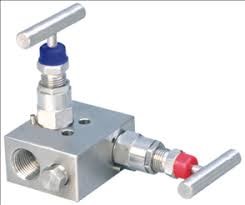
What is the difference between a 2-valve and a 3-valve manifold?
A 2-valve manifold is not the same as a 2-way valve. It's not simply about having two ports. The difference between manifolds and 2-way or 3-way valves lies in their function.Pneumatic valve manifolds are used for process connections with 2, 3, or 5 valves, allowing centralized control of the instrument's operation. A 2-valve manifold is used for gauge pressure transmitters, while a 3-valve manifold is used for differential pressure transmitters.
2-valve manifold
Purpose: Used for gauge pressure measurement, i.e., measuring the pressure on one side relative to atmospheric or system reference pressure.
Operation steps: The isolation valve is used to cut off the process pressure, and then the vent/calibration valve is used to release pressure or calibrate the instrument.
Applications: Installation and maintenance of static pressure transmitters, pressure gauges, and pressure switches.
3-valve manifold
Purpose: Used for differential pressure measurement, i.e., measuring the pressure difference between two sides.
Operation steps: High- and low-pressure isolation valves are used to cut off both sides, and the vent/calibration valve is used to release differential pressure or perform zero calibration of the instrument.
Applications: Installation of differential pressure transmitters, pipeline flow meters, and level measurement systems.
Application Industries
Oil & Chemical Industry: The 2-valve manifold is used to connect pressure transmitters in reactors, storage tanks, and pipelines, enabling operators to monitor process pressure, isolate instruments, and perform calibration.
Power & Energy: In boilers, heat exchangers, and during system commissioning or routine maintenance, the 2-valve manifold connects pressure switches and transmitters. The manifold valves allow rapid isolation of instruments for pressure release or calibration.
Metallurgy & Steel: In high-temperature, high-pressure gas pipelines or hydraulic systems, the 2-valve manifold is used for installing pressure gauges or transmitters. Operators can release pressure by closing the isolation valve during furnace pressure checks, pipeline maintenance, or instrument calibration, preventing direct exposure to high-pressure media.
Water Treatment & Environmental Protection: During pump station commissioning, pipeline cleaning, or flow measurement, the 2-valve manifold connects pressure monitoring instruments, allowing remote pressure release and calibration.
Pharmaceutical & Food Industry: Before production line startup, after cleaning and sterilization, or during instrument calibration, the manifold valves enable instrument isolation and pressure release, ensuring accurate pressure measurement without compromising hygiene requirements.
Apart from 2 way manifold,3 way manifold,we have Valve manifolds with 2, 4, or 8 stations are specially designed for centralized control of solenoid valves and pneumatic valves, and they are also compatible with the TV300 series pneumatically operated valves. Of course, our main product range goes far beyond that — whether it's pneumatic actuators, pneumatic hoses and connectors, or various types of valves, we offer both standard and customized solutions. Feel free to contact us directly!




